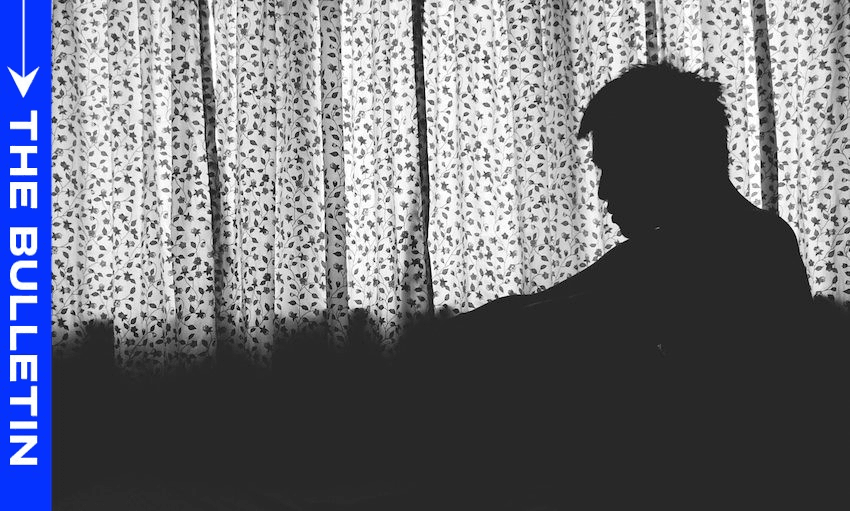The mental health minister says clear milestones and better accountability are among the reasons he’s hopeful the plan will work, writes Catherine McGregor in today’s extract from The Bulletin.
To receive The Bulletin in full each weekday, sign up here.
A new strategy with sharper teeth
Mental health minister Matt Doocey has unveiled the government’s latest Suicide Prevention Action Plan, a five-year strategy aimed at reducing New Zealand’s persistently high suicide rate. Doocey said the plan would be markedly different from its predecessor, with a focus on accountability, clear milestones and agency responsibilities, RNZ reports.
Among the plan’s key actions are opening six regional “crisis cafes” – “safe space[s] for someone in distress that [are] staffed by people with lived experience”, according to Doocey – improving access to suicide prevention supports, and growing a skilled workforce trained in suicide prevention. The plan also includes new regional services and funding initiatives targeting high-risk communities, including rural areas, mothers and youth. Doocey emphasised that those with experience of suicide played a key role in shaping the plan, which received input from more than 400 individuals and organisations.
A high toll of lives lost
The plan is aimed at addressing New Zealand’s concerningly high suicide rate. In the year to June 2024, 617 people died by suspected suicide in New Zealand, up from 566 the previous year. It should be mentioned here that the chief coroner last year noted that the overall statistical rate of suicide was not considered to have changed since “fluctuations in rates from year to year are common in suicide data”.
Be that as it may, the 2024 figure was almost twice the road toll in the same period, report Kim Griggs and Brittany Keogh in The Post (paywalled). The national rate is now at 11.2 per 100,000 people, with male rates (15.9) far outpacing female rates (6.4). Young people continue to be at greatest risk, with the 20–24 age group recording the highest rate at 19.9. Māori remain disproportionately affected, with a suspected suicide rate of 16.4 – twice that of Pasifika, and more than three times the rate for those of Asian ethnicity. The figures also show regional disparities, with the former Lakes DHB area reporting the highest rate (26.8).
Debating the data
Last month, a Unicef report made national headlines after it placed New Zealand last among 36 high-income countries for youth mental wellbeing, citing a youth suicide rate more than triple the international average. It also found that New Zealand’s children experienced the second highest rate of bullying out of the countries included.
However, experts including University of Auckland academics Sarah Hetrick and Sarah Fortune have cast doubt on the report’s conclusions. The Unicef analysis was based on confirmed suicide data from 2018–2020, ignoring more recent downward trends in suspected suicides among 15 to 19-year-olds, they said. Unicef Aotearoa’s Tania Sawicki Mead explained that “the report uses like-for-like data” in order to ensure consistency when comparing countries.
The role of financial hardship
While many factors contribute to suicide rates, they cannot be separated from the broader socio-economic climate. Last year an international academic review of global suicide research, published in the Lancet, found a consistent link between economic downturns – especially rising unemployment – and higher suicide rates. Feelings such as “defeat and humiliation, entrapment, lack of belongingness, and perceived burdensomeness” can be key precursors to suicidal thinking, the authors wrote. “Some or all of these psychological processes might be at play for those who are economically disadvantaged.”
In the post-Covid era New Zealand has faced a dramatic economic slowdown, with mounting living costs and rising job insecurity. These pressures disproportionately affect those already vulnerable – especially young people, Māori, and rural communities. As Georgie Craw wrote recently in The Spinoff, policies that focus solely on GDP growth miss the point: “GDP doesn’t tell us if children are fed, if they feel safe, if they can access mental health support when they’re struggling.” Any serious suicide prevention strategy, experts like the Mental Health Foundation’s Shaun Robinson argue, must look beyond clinical services to address the deeper social conditions that foster despair.


